Introduction To Owls: What You Need To Know
Owls are fascinating creatures that have intrigued humans for centuries. These birds are known for their nocturnal activities and silent flight, and they can be found all over the world. There are around 250 species of owls in the world, and each one has its unique features and characteristics.
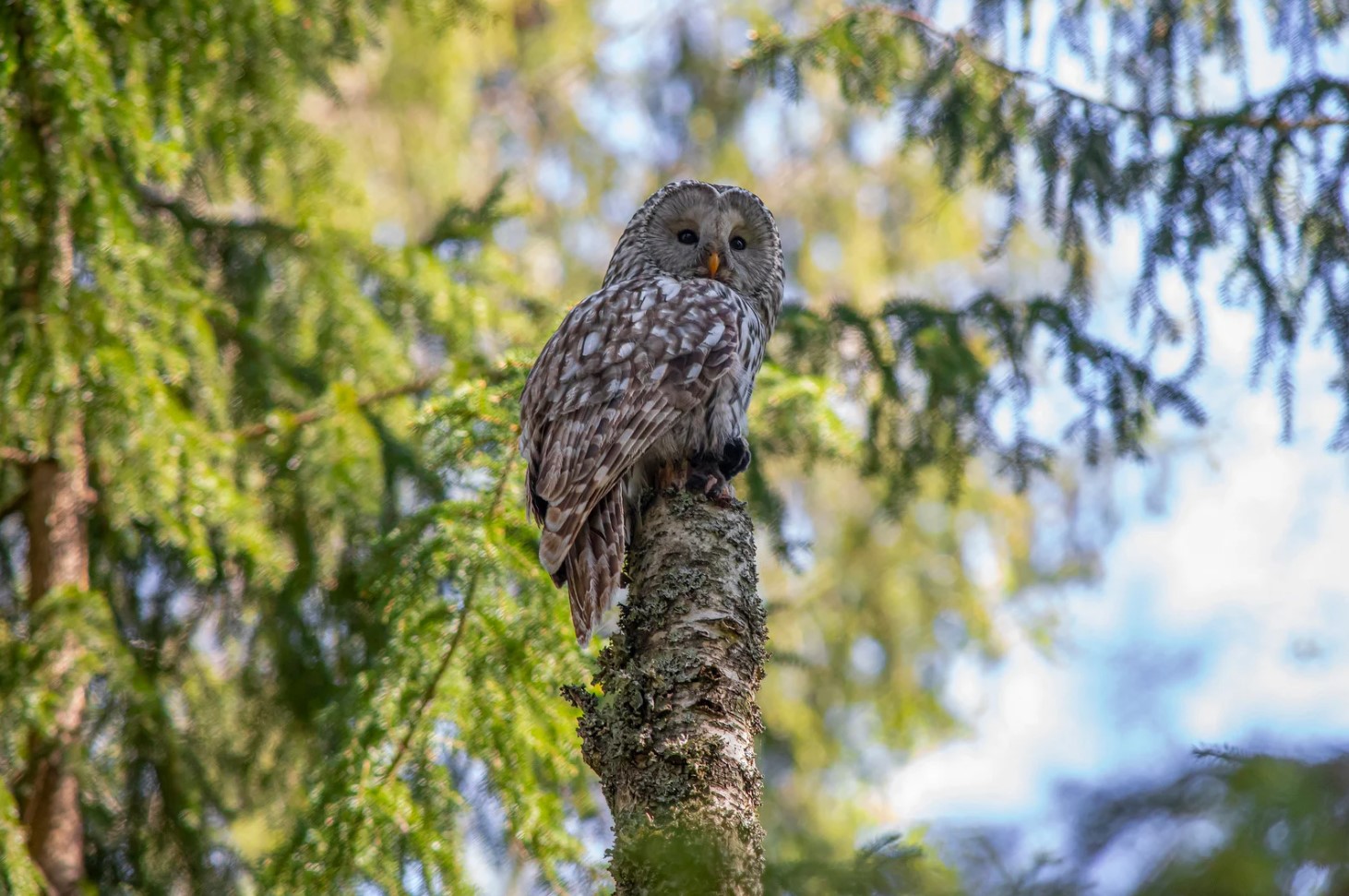
The anatomy of an owl is quite different from other birds. Owls have large eyes, which take up a considerable portion of their skulls. Their eyes are fixed in their sockets, and they cannot move them around like humans do. However, they can rotate their heads up to 270 degrees to compensate for this. Their soft feathers are adapted to provide silent flight, which is essential for hunting.
- There are two types of owls: the diurnal and the nocturnal. The diurnal owls are active during the day and prefer to hunt in the morning or late afternoon. These owls include the Eurasian eagle owl and the snowy owl.
- Nocturnal owls, on the other hand, are active at night, just like bats. These include the barn owl and the tawny owl.
Owls have a unique diet that includes small mammals, birds, and insects. Their digestive systems are adapted to breaking down bones and fur, which are crucial components of their prey. Owls are also apex predators and play a vital role in controlling the populations of smaller animals in their ecosystems.
| Types of Owls | Characteristic Features |
|---|---|
| Barn Owl | Heart-shaped face and white belly with tan back and wings |
| Great Horned Owl | Ear tufts and yellow eyes with a white patch on the throat |
| Snowy Owl | All-white feathers with yellow eyes and a black beak |
| Burrowing Owl | Light brown feathers with a white eyebrow and yellow eyes |
Owls hold significant importance in many cultures, and ancient civilizations revered them as symbols of wisdom, magic, and protection. Interestingly, the word “owl” comes from the Old English word “ule,” which means a noisy bird.
Now that you know a bit about owls, it’s time to start exploring the different types and their unique features. Stay tuned for more exciting posts about these amazing creatures!
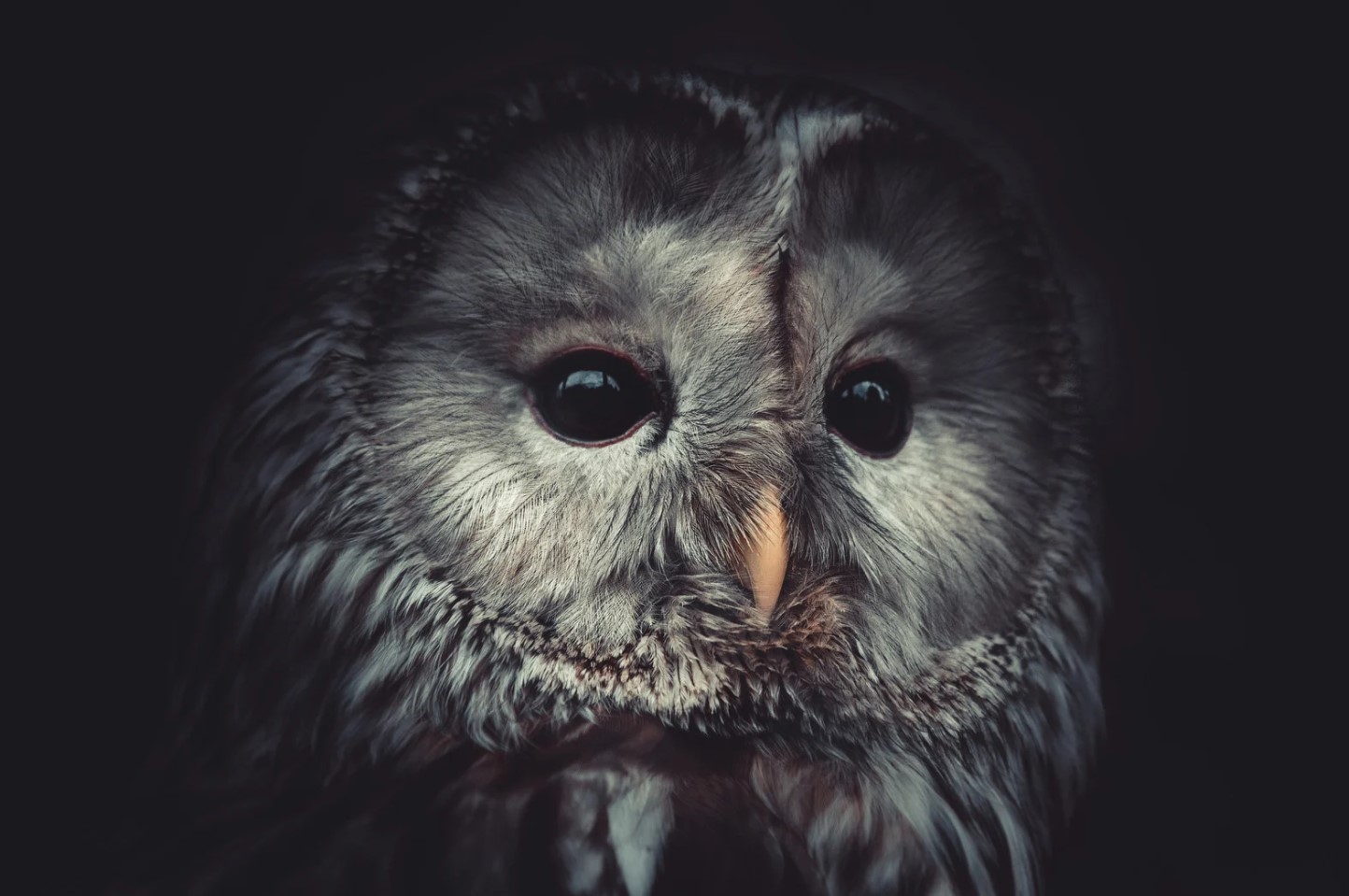
The Different Types Of Owls İn The World
Owls are fascinating and majestic creatures that have intrigued humans for centuries. They are known for their exceptional hunting skills and unique physical characteristics.
There are many different types of owls in the world, each with their own unique features and characteristics. One of the most well-known types of owls is the Barn Owl. This owl is easily recognized by its heart-shaped face and is found in many parts of the world. The Snowy Owl, on the other hand, is known for its striking white feathers and can be found in the Arctic region of North America.
In addition to these two popular types of owls, there are many other species that are lesser known. For example, the Burrowing Owl is a small, ground-dwelling owl that is found in North and South America. The Spectacled Owl, which is found in Central and South America, has distinctive white eyebrows that give it a unique appearance.
- Some of the different types of owls in the world include:
- Barn Owl
- Snowy Owl
- Burrowing Owl
- Spectacled Owl
| Owl Type | Location | Physical Characteristics |
|---|---|---|
| Barn Owl | Worldwide | Heart-shaped face |
| Snowy Owl | Arctic regions of North America | White feathers |
| Burrowing Owl | North and South America | Small, ground-dwelling |
| Spectacled Owl | Central and South America | White eyebrows |
Each type of owl plays an important role in its ecosystem and has adapted to its specific environment in unique ways. By learning about the different types of owls in the world, we can gain a greater understanding and appreciation for these amazing creatures.
North American Owls And Their Characteristics
Owls are fascinating creatures that have fascinated humans for centuries. They are known for their distinctive hooting calls and silent flight, making them one of the most intriguing bird species. In North America, owls are found in a variety of habitats and have adapted to various environments. Let’s take a deeper look at North American owls and their unique characteristics.
Types of North American Owls:
- Great Horned Owl
- Barn Owl
- Eastern Screech Owl
- Barred Owl
- Snowy Owl
- Northern Saw-whet Owl
- Short-eared Owl
Each species of owl has its own set of distinct characteristics, from their size and coloration to their nesting habits and preferred prey. For example, the Great Horned Owl is one of the largest and most recognizable owls in North America, while the Eastern Screech Owl is one of the smallest. The Snowy Owl, on the other hand, is known for its stunning white feathers and ability to hunt in arctic environments.
A Nighttime Predator:
Owls are predominantly active at night, using their excellent hearing and night vision to locate prey such as rodents, rabbits, and insects. They are also known for their silent flight, which allows them to swoop down and catch their prey without being detected. In fact, the shape and surface of their feathers are adapted to reduce noise while flying, making them some of the most efficient nocturnal predators in the animal kingdom.
Nesting and Breeding Habits:
| Owl Species | Breeding Season | Preferred Nesting Sites |
|---|---|---|
| Great Horned Owl | January to March | Large trees or cliffs |
| Barn Owl | February to April | Barns, abandoned buildings or hollow trees |
| Eastern Screech Owl | February to March | Natural tree cavities or bird boxes |
| Barred Owl | March to May | Old nests of hawks or crows or hollow trees |
North American owls have unique nesting and breeding habits that vary by species. Some, like the Great Horned Owl, breed early in the year, while others, such as the Barn Owl, wait until the spring to start breeding. The Barred Owl prefers to nest in old crow or hawk nests, while the Eastern Screech Owl will use natural tree cavities or man-made bird boxes.
The diverse range of North American owls and their unique characteristics make them an essential part of the ecosystem. They play a vital role in controlling pest populations and serving as an indicator of environmental health. It is important to conserve and protect these magnificent creatures for future generations to enjoy.
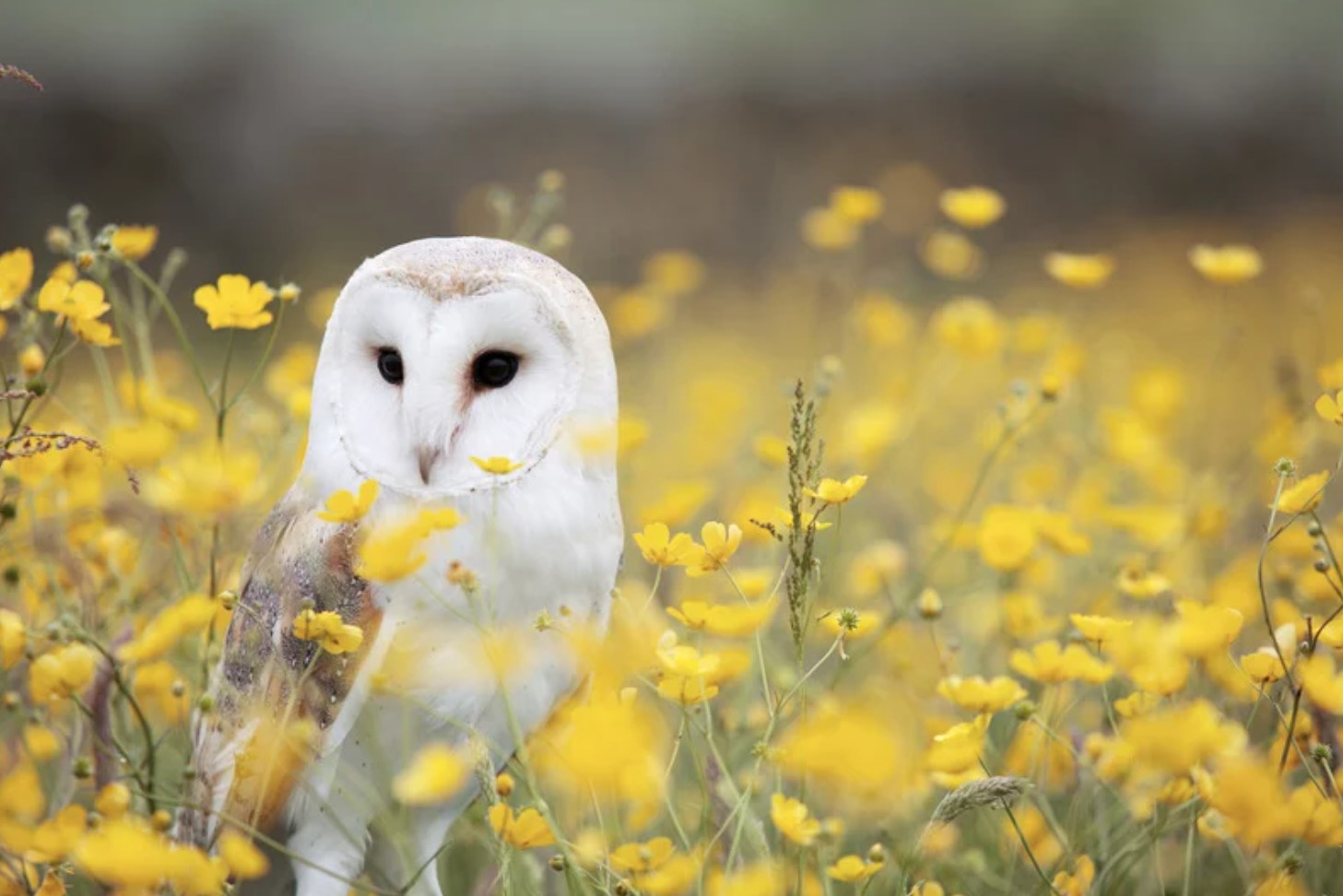
Endangered Owl Species And Conservation Efforts
Endangered Owl Species And Conservation Efforts
Owls are striking creatures with their silent flight and glowing eyes. They are also essential members of many ecosystems all over the world. However, unfortunately, many species of owls are now endangered. These creatures face threats from habitat loss, climate change, persecution, and other factors. Thus, it is imperative that conservation efforts are focused on these remarkable birds in order to protect them from extinction.
One of the most critically endangered species of owl is the Spotted Owl. The primary reason for their decline is deforestation. Destruction due to logging and forest fires have led to the loss of their habitat. The only way to protect this species and other endangered species alike is by protecting their natural habitat. Governments and conservation groups must enact policies and strategies to end deforestation and encourage the planting of trees.
Another endangered species is the Burrowing Owl. Their population decline is due to the reduction of natural grasslands for agriculture and urban expansion. To conserve this remarkable bird, conservation efforts must focus on habitat restoration and conservation education. Along with that, nature reserves and other protected areas will provide safe habitats for these owls to thrive without facing the constant threat of development.
| Common Name | Scientific Name | Status |
| Spotted Owl | Strix occidentalis | Critically Endangered |
| Burrowing Owl | Athene cunicularia | Endangered |
Aside from habitat restoration, conservation efforts should also target preventing illegal poaching, the restoration of prey populations, and educating the public. Educational campaigns highlighting the importance of preserving owl habitats will increase awareness and appreciation for these remarkable birds, ultimately leading to the conservation of the endangered species. In addition, laws should be enacted to protect these creatures from unnecessary human intervention, hunting, or other activities that may harm them.
Without the protection of endangered owl species, the world risks the loss of significant members of numerous ecosystems around the globe. Their extinction could upset the natural balance, causing negative consequences throughout the environment. Therefore, conservation efforts must aim to protect the habitats of these owls and educate people about their importance, allowing more of these amazing creatures to thrive.
Owl Breeding Habits And Mating Rituals
Owls are fascinating creatures and one of the most captivating aspects of them is their breeding habits and mating rituals. While the mating rituals of owls can vary depending on the species, all owls have unique ways of attracting and selecting a mate.
Mating Rituals
- Male owls often use vocalizations to attract mates.
- Females will often respond with their own vocalizations to signal their interest.
- Once a pair has been established, they will engage in physical displays such as head bobbing and wing flapping.
- Owls will also engage in mutual preening which serves to strengthen the bond between the pair.
Breeding Habits
After mating, female owls will typically lay a clutch of eggs, with the number of eggs varying depending on the species. The eggs are typically laid in a nest which has been carefully constructed by the pair in a secluded area such as a tree cavity or rocky outcropping. Both male and female owls will take turns incubating the eggs, with the female typically taking the majority of the incubation duties. The eggs will hatch after a period of time and the parents will then begin the process of raising the young owlets.
Conclusion
The breeding habits and mating rituals of owls are just one of the many fascinating aspects of these incredible birds. By understanding these behaviors, we can gain a deeper appreciation for the beauty and complexity of the natural world around us.
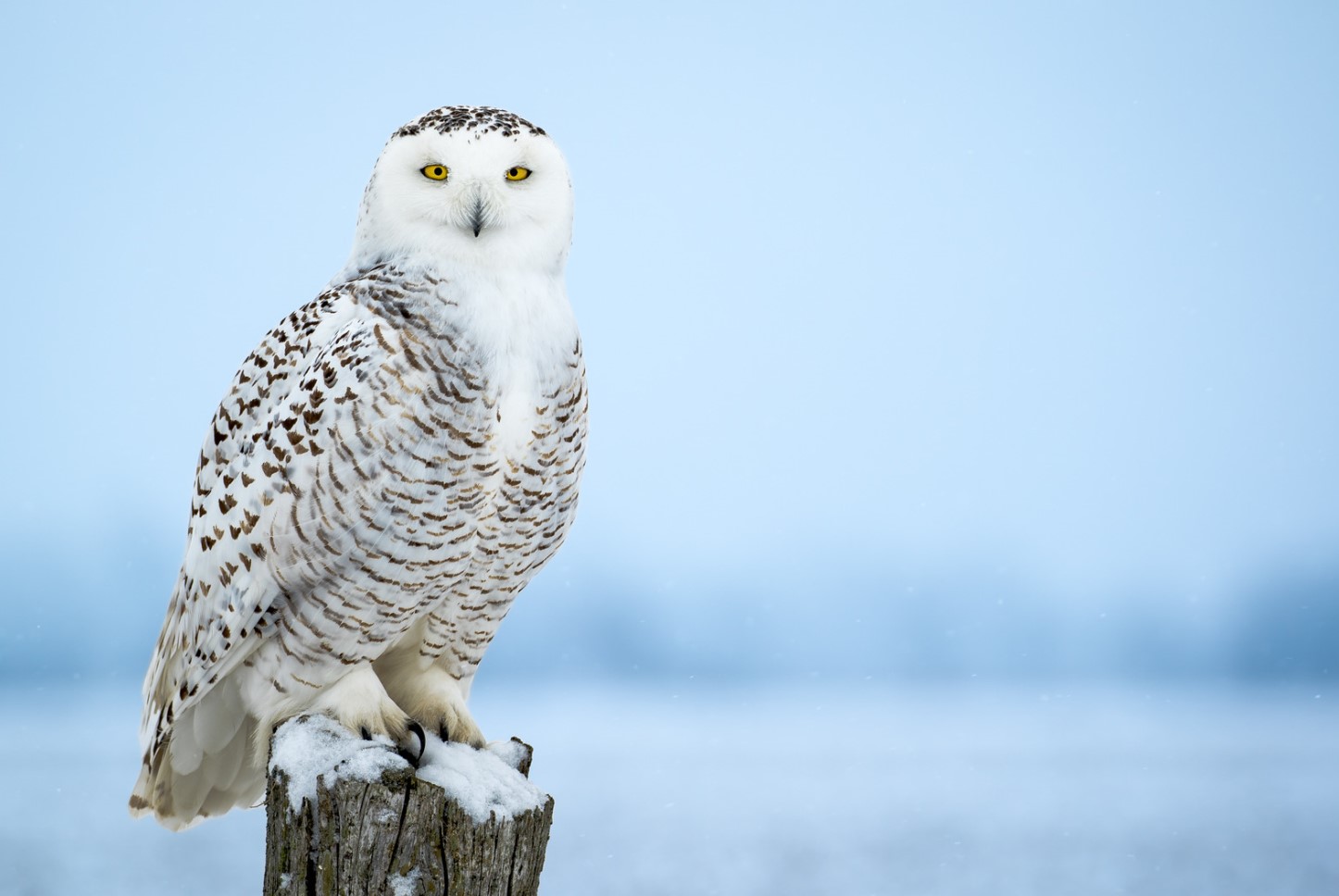
Owls As Predators: Their Diet And Prey
Owls, with their sharp talons, keen eyesight, and silent flight, are some of the most efficient predators in the bird kingdom. These fascinating creatures are found on every continent, except Antarctica, and exhibit a range of sizes and behaviors. However, one thing that is common among all owl species is their role as predators. In this blog post, we will explore the diet and prey of owls, and gain a deeper understanding of how these birds of prey survive in the wild.
Diet of Owls
Owls are carnivorous and primarily eat other animals, such as rodents, insects, and small birds. Their diet can vary depending on their habitat, season, and location. For example, owls living in forests may feed more on mice and other small rodents, whereas those living in wetlands may hunt more fish and frogs. Some of the larger owl species, such as the Great Horned Owl and the Snowy Owl, are capable of taking down prey as big as rabbits, skunks, and even other birds of prey like hawks and falcons.
- Small rodents like mice, voles, and shrews
- Fish, frogs, and other aquatic creatures
- Insects, spiders, and other invertebrates
- Small birds
- Rabbits, skunks, and other mammals
- Hawks, falcons, and other birds of prey
Prey of Owls
Owls are successful predators due to their special adaptations, such as their sharp talons, hooked beaks, and silent flight. They are also able to detect prey at night or in low-light conditions due to their exceptional eyesight and hearing. Some of the common prey items of owls include:
| Owl Species | Prey Items |
|---|---|
| Barn Owl | Small rodents, insects, and birds |
| Great Horned Owl | Rabbits, skunks, rodents, birds of prey |
| Screech Owl | Insects, small mammals, and birds |
| Snowy Owl | Lemmings, voles, rabbits, and other small mammals |
Owls use their sharp talons to grip their prey and their hooked beaks to tear flesh. They are also able to swallow their prey whole, or in large chunks, due to their flexible necks and stretchy esophagus. After a successful hunt, owls will regurgitate pellets made up of the indigestible parts of their prey, such as bones, fur, and feathers.
In conclusion, owls are fascinating and efficient predators, thanks to their unique adaptations and skills. Their diet and prey vary depending on their habitat, but they remain at the top of the food chain in their respective ecosystems. As humans, it’s important to understand and appreciate the role of owls in the natural world, and work towards conserving their habitats for future generations to enjoy.
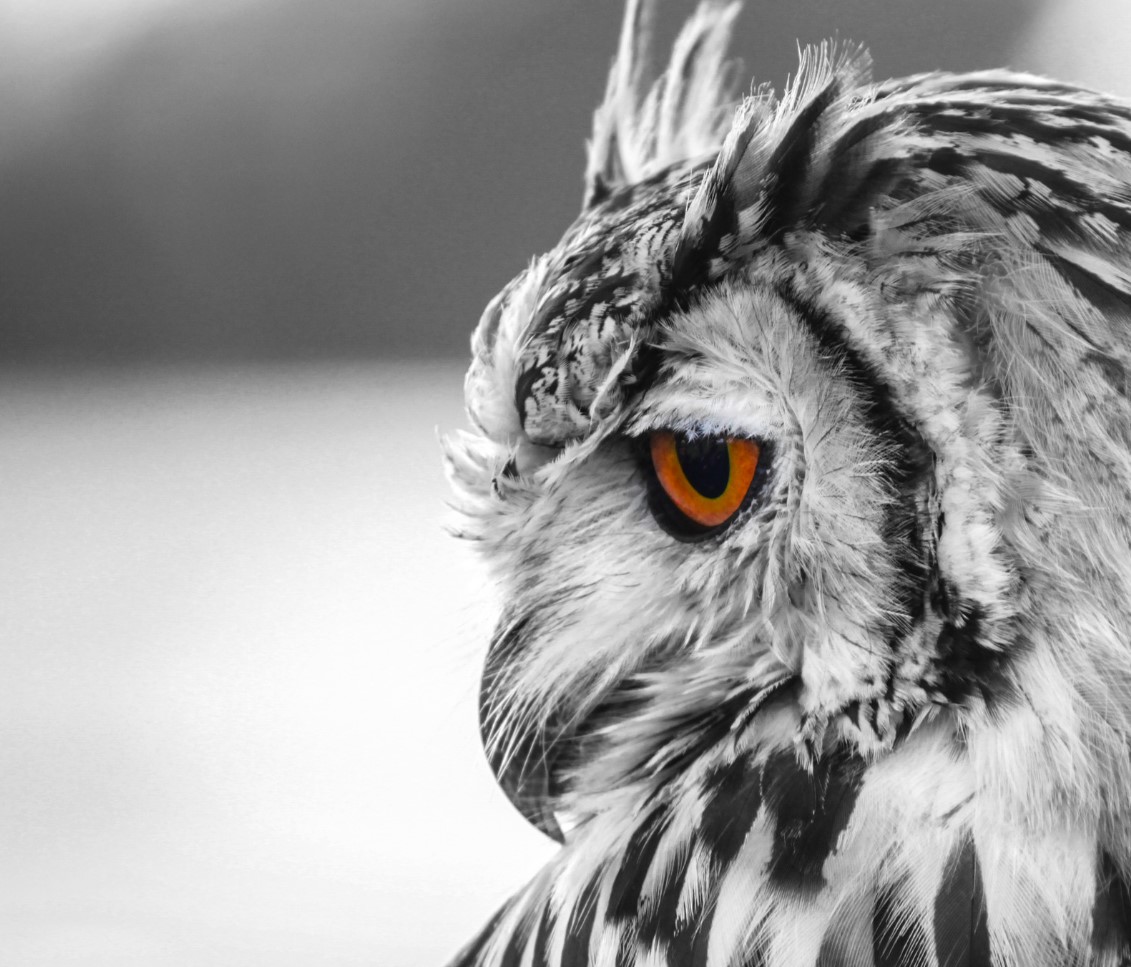
Owl Adaptations For Survival İn The Wild
Owls are fascinating creatures that have captured our attention for centuries. These birds of prey are equipped with many unique features that make them perfectly suited to thrive in the wild. In this blog post, we will explore the different owl adaptations that have evolved to help them survive.
- Silent Flight: One of the most remarkable adaptations of owls is their silent flight. Their feathers are specially designed to minimize noise, allowing them to swoop in on prey undetected.
- Nocturnal Vision: Owls are nocturnal animals, meaning that they are active at night. To help them navigate and hunt in the dark, they have exceptional night vision. Their eyes are large and have many more rods than cones, which allows them to see in low light conditions.
- Sharp Talons: Owls have powerful and sharp talons that they use to catch and kill prey. Their feet are also covered in rough scales that help them grip onto their prey during flight.
In addition to these adaptations, owls also have other features that help them survive in the wild. For example, their facial disks help to funnel sound to their ears, which allows them to locate prey in complete darkness. They also have excellent hearing, with some species able to hear frequencies as low as 20 Hz.
| Owl Species | Adaptations |
|---|---|
| Barn Owl | Facial disks, silent flight, sharp talons |
| Snowy Owl | Nocturnal vision, feathered feet, camouflage |
| Great Horned Owl | Sharp talons, silent flight, exceptional hearing |
Overall, owls are incredibly adapted for survival in the wild. Their unique features and abilities make them one of the most fascinating creatures on the planet.
The Role Of Owls İn Mythology And Folklore
Owls have always held a special place in the world of mythology and folklore. These remarkable creatures have been featured prominently in stories and legends throughout human history, captivating the imaginations of people all over the world. Despite their often solitary and mysterious nature, owls have been revered and worshipped by many cultures for their various attributes and traits.
One of the earliest known symbols of owls dates back to ancient Greece, where the bird was associated with the goddess Athena, who was revered for her wisdom, strength and courage. In fact, the owl is still considered as a symbol of wisdom and knowledge in many cultures today, highlighting their unique intelligence and abilities.
- Another interesting aspect of owls in mythology is their role as messengers of the gods in various cultures. In Native American tradition, for example, the owl is often seen as the messenger of death and is associated with hearing the voices of the dead.
- The owl is also associated with change, intuition, and mysticism in many cultures, making them a popular spiritual symbol to this day. From the ancient Greeks to the Celts to the Egyptians, the owl has played a significant role in shaping human culture and spirituality.
Owls are also known for their unique physical characteristics, such as their silent flight, which has earned them the reputation of being stealthy and mysterious. In some cultures, the owl’s distinctive eyes are believed to have magical properties that allow them to see through deception and illusions.
| Mythology and Folklore | Attributes and Traits |
|---|---|
| Athena – Greek Goddess | Wisdom, strength, courage |
| Native American Tradition | Messenger of death, hearing the voices of the dead |
| Celtic Tradition | Change, intuition, mysticism |
| Egyptian Mythology | Magical properties, seeing through deception and illusions |
While some cultures view owls as sacred and powerful beings, others have associated them with dark and foreboding forces. For instance, in many Western cultures, the owl has been traditionally linked to witches and black magic, with their eerie hoots and enigmatic nature often stirring up feelings of unease and fear.
Regardless of how owls are viewed in different cultures, there is no denying the deep impact they have had on humanity’s history and mythology. From the wise and powerful goddess Athena to the mysterious and enigmatic messenger of death in Native American tradition, owls have continued to fascinate and intrigue us for thousands of years, and will likely continue to do so long into the future.
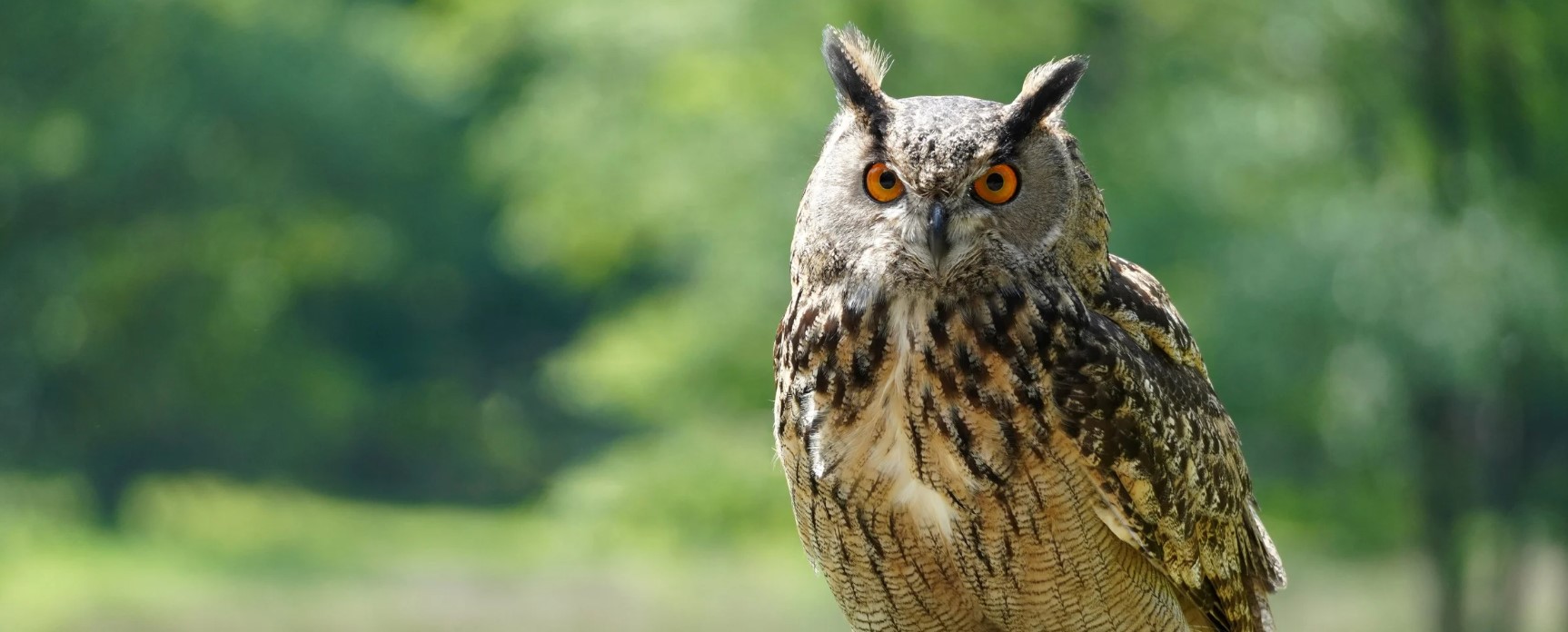
Ancient Owl Symbolism And Importance İn Ancient Cultures
Ancient Owl Symbolism and Importance in Ancient Cultures
In ancient cultures, the owl was revered as a sacred symbol of wisdom, intelligence, and mystery. Different civilizations across the globe believed that the owl possessed supernatural powers and saw it as a mediator between humans and the spiritual world. The ancient Greeks, for example, associated the owl with Athena, the goddess of wisdom, and believed that its presence indicated prophecy and blessings from the gods. Similarly, the Native American culture perceived the owl as a protector of sacred knowledge and a messenger of spiritual guidance.
- One popular belief among ancient cultures was that the hooting of an owl at night signified death or misfortune.
- In contrast, the Babylonians believed that the owl was a good omen and that its appearance brought success and prosperity.
- The ancient Egyptians, on the other hand, linked the owl with the goddess of fertility and motherhood, Isis, and depicted it on various pieces of art and hieroglyphics.
The owl’s significance in ancient cultures extended beyond beliefs and superstitions. Its feathers, beaks, and talons were often used to make powerful amulets and charms that provided spiritual protection and healing. The indigenous people of North America, for instance, wore owl feathers during ritual ceremonies to honor their connection to nature and to seek guidance from the spirit world.
| Ancient culture | Owl symbolism |
|---|---|
| Greek | Wisdom, prophecy |
| Native American | Protector of sacred knowledge, messenger of spiritual guidance |
| Babylonian | Good omen, success and prosperity |
| Egyptian | Fertility and motherhood |
The owl’s symbolism and importance in ancient cultures have stood the test of time and continue to inspire artists, writers, and thinkers to this day. From literature and art to popular culture and fashion, the owl remains a fascinating and mysterious creature that fascinates people across the globe.
Evolutionary History Of Owls And Their Ancestors
The evolutionary history of owls is a fascinating topic that provides insight into the development of these incredible creatures. Owls are known for their distinctive appearance and unique abilities, and their ancestors were just as remarkable. The history of owls stretches back millions of years, and there are several types of ancient owl species that provide insight into their evolution.
One of the earliest known owl-like species is the Protostrigidae, which lived about 60 million years ago. This species had a similar appearance to modern owls, with a small head, large eyes, and sharp beak. Over time, owls evolved to become more specialized predators and developed features like silent flight and enhanced night vision.
The first true owl species appeared about 40 million years ago and were primarily found in Europe. These early owls were small and had long, pointed wings that allowed them to fly quickly and maneuver easily through dense forests. They had large, forward-facing eyes and flat faces, which gave them excellent depth perception and allowed them to judge distances accurately.
- Features: Silent flight, enhanced night vision
- Appearance: Small with long, pointed wings, large eyes, and flat faces
- Abilities: Excellent depth perception and accurate distance judgment
As owls continued to evolve, they spread throughout the world and adapted to a wide range of environments. From the snowy forests of Siberia to the hot deserts of Africa, owls have thrived in almost every ecosystem on the planet. Today, there are over 200 species of owls, each with unique characteristics and adaptations that have helped them survive and thrive in different environments.
| Species | Appearance | Habitat |
|---|---|---|
| Barn Owl | White face, golden-brown body | Open grasslands, farmlands, and fields |
| Great Horned Owl | Large size, ear tufts | Forests, deserts, and urban areas |
| Snowy Owl | White feathers, yellow eyes | Arctic tundra |
The evolutionary history of owls provides a fascinating glimpse into the development of these incredible creatures. Their unique adaptations and abilities have allowed them to thrive in a wide range of environments, and their presence is an important part of many ecosystems around the world. Whether you’re a birder or simply appreciate the beauty of these birds, there’s no denying the incredible evolution of owls.
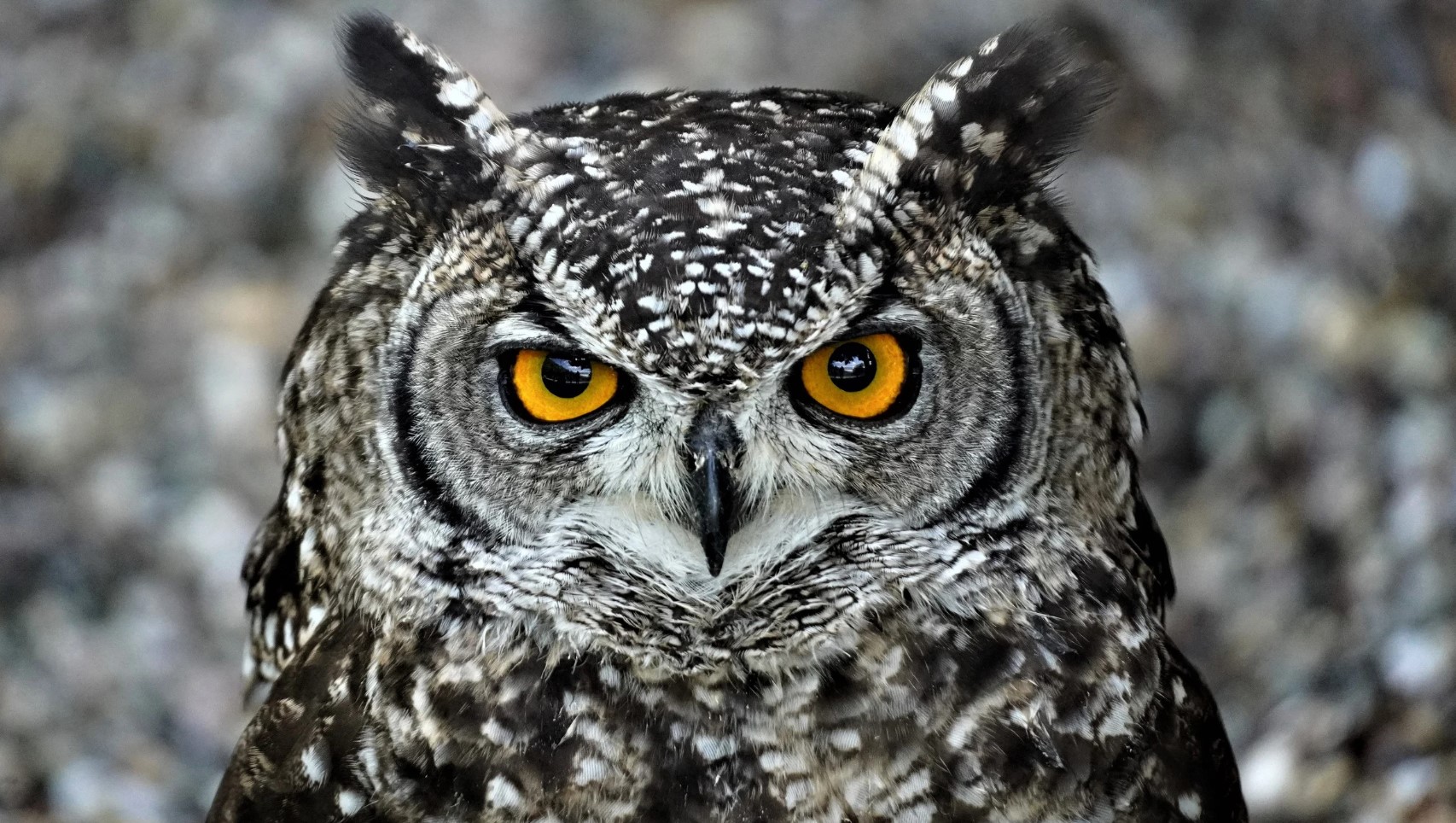
Anatomy And Physical Characteristics Of Owls
Anatomy And Physical Characteristics Of Owls
Owls are fascinating creatures with distinct features that make them stand out from other birds. Their physical characteristics have evolved over millions of years to help them survive in their natural habitats. One of their most striking features is their large eyes, which are surrounded by a facial disk, a flat circle of feathers that enhances their hearing ability. Owls also have powerful talons and sharp beaks that they use to capture and kill prey.
- Feathers
- Bones
- Eyes
Feathers are another significant part of an owl’s anatomy. They are covered in special fringes that enable silent flight, essential when hunting prey. Owls’ feathers also provide excellent insulation for their bodies and help regulate their temperature in various weather conditions.
Their bones are lightweight and filled with air sacs that help with flight, making them efficient hunters. These hollow bones absorb shock and reduce their overall body weight, helping them fly silently and with little effort.
| Owl Type | Wingspan | Weight |
|---|---|---|
| Barn Owl | 80-95 cm | 300-550 g |
| Great Horned Owl | 100-140 cm | 1-2 kg |
| Snowy Owl | 125-150 cm | 1.6-2.6 kg |
Owls also have excellent eyesight, with their eyes facing forward, giving them binocular vision. They possess three eyelids, two of which close when they blink. Additionally, the size and shape of their pupils enable them to see well in low light conditions.
In conclusion, owls are well-adapted predators, and their physical characteristics have evolved over millions of years to help them survive in their natural habitats. From their large eyes and facial disks to their powerful talons and sharp beaks, their unique features make them stand out from other birds.
Common Owls Found İn Urban Environments
Common Owls Found In Urban Environments
Owls are fascinating creatures that can be found all over the world, including in urban areas. Despite often being associated with forests and other rural environments, owls have adapted to living in urban areas, and can be found in parks, gardens, and even on city streets. While there are many different species of owls that can be found in urban environments, some are more common than others.
Types of Owls Found in Urban Areas
- Barn Owls – Barn owls are a common sight in urban areas, and are often found nesting in old buildings and barns. They are easily identified by their distinctive heart-shaped faces, and their ghostly white feathers.
- Screech Owls – Another common owl found in urban areas is the screech owl. They are small, and can often be found nesting in trees or in nest boxes provided by humans. They are called “screech” owls because of their distinctive call, which sounds like a high-pitched whistle.
- Great Horned Owls – While not as common as barn owls or screech owls, great horned owls are also occasionally found in urban areas. They are larger than other urban owls, with distinctive feather tufts on their heads that resemble horns.
Adaptations for Urban Living
Despite the challenges of living in urban areas, owls have adapted to their new environments in a number of ways. For example, some species have learned to hunt in city parks, preying on rats and other small mammals that are abundant in these areas. Others have learned to nest in buildings or nest boxes provided by humans.
| Species | Adaptation |
|---|---|
| Barn owl | Nests in old buildings and barns |
| Screech owl | Nests in trees or nest boxes |
| Great horned owl | Preys on small mammals in city parks |
Why Owls Are Important in Urban Environments
Owls play an important role in urban ecosystems. They help control rodent populations, and can also serve as indicators of environmental health. Studies have shown that the presence of owls in urban areas can indicate a healthy and diverse ecosystem, which can in turn benefit other species living in the area.
If you live in an urban area, keep an eye out for these fascinating creatures. You never know when you might spot one of these amazing birds of prey!
Distinguishing Features Of Nocturnal And Diurnal Owls
Have you ever wondered about the difference between nocturnal and diurnal owls? These fascinating birds have adapted to their respective environments in distinctly different ways, allowing them to thrive both day and night.
Nocturnal owls, as the name suggests, are active during the night. They have several features that make them well-suited for hunting in the dark. For example, their eyes are much larger than those of diurnal owls, giving them better night vision. They also have more rod cells in their eyes, which are more sensitive to low levels of light than cone cells. These adaptations allow nocturnal owls to see in extremely low light conditions, giving them a major advantage when hunting.
- Owl
- Nocturnal vs. Diurnal
- Adaptations
In contrast, diurnal owls are active during the day. They have adapted to hunting in brighter light by having smaller eyes than their nocturnal counterparts. Instead of relying on rod cells, they have more cone cells, which are better at detecting color and detail in bright light. In addition, some species of diurnal owls have a flatter facial disk than nocturnal owls, which helps to direct sound to their ears more precisely, aiding in their hunting abilities.
| Nocturnal Owls | Diurnal Owls |
|---|---|
| Larger eyes | Smaller eyes |
| More rod cells in their eyes | More cone cells in their eyes |
| Better night vision | Better color and detail detection in bright light |
| Darker feather coloring | Lighter feather coloring |
One interesting thing to note is that some species of owls are both nocturnal and diurnal. For example, the northern hawk-owl is primarily active during the day but will also hunt at night when necessary.
In conclusion, the distinguishing features of nocturnal and diurnal owls are fascinating and reflect their unique adaptations to their respective environments. Whether they are active during the day, night, or both, owls are truly remarkable creatures and an important part of many ecosystems around the world.
The Fascinating World Of Owl Communication
Have you ever wondered how owls communicate with each other? Owls, just like any other living creature on this planet, have their own way of communicating. These majestic birds have an amazing sense of sight and keen hearing, which are essential for their survival in the wild. But how do they communicate with their own species, and what kind of sounds do they make?
Owls are known for their distinct hoots, screeches, and calls, which are used for various purposes, such as marking their territory, attracting mates, and warning off predators. Each species of owl has its own unique calls, which can be heard from miles away. For example, the Great Horned Owl has a deep, hooting call that sounds like “hoo-hoo-hoo-hoo,” while the Barn Owl has a screeching call that sounds like “shreeeeek.”
However, owls don’t just rely on their vocalizations to communicate. They also use body language to convey messages to each other. For instance, if an owl is feeling threatened or territorial, it may puff up its feathers, spread its wings, and hiss or click its beak as a warning to other owls to stay away.
- Did you know that owls also use their ear tufts to communicate?
- These tufts are not actually ears, but they serve as visual cues to other owls.
- If an owl is feeling angry or defensive, it may raise its ear tufts to appear larger and more intimidating to potential threats.
Owls’ communication styles are fascinating and unique, and they play a critical role in their day-to-day lives. Understanding how owls communicate not only helps us appreciate these incredible creatures even more but also reminds us of the importance of communication in our own lives.
The Future Of Owls And Their Importance İn Ecosystems.
As the world continues to develop and grow, many species of animals are experiencing rapid decline and even face extinction. One such species is the owl, which plays a vital role in balancing the ecosystem. With their nocturnal nature and incredible hunting skills, they keep the population of rodents and insects in check.
However, with the increasing urbanization, deforestation, and use of pesticides, the population of owls is declining at an alarming rate. It is essential to understand and acknowledge the significance of these creatures and why they are critical for the overall health of the environment. The future of these predatory birds is in our hands, and it is our responsibility to take measures to protect them.
One of the most significant challenges that owls face is habitat loss. As humans continue to expand and take up land for urbanization and agriculture, the natural habitats of these magnificent creatures disappear. Without an appropriate habitat, owls cannot nest, hunt or reproduce, leading to a significant reduction in their populations. Additionally, the use of pesticides and rodenticides often results in the death of the prey that the owls rely on, leading to malnutrition and, consequently, death.
- One way to protect owls is to create protected areas and reserves where they can live and breed safely without disturbances.
- Encouraging the use of organic and eco-friendly farming techniques can help reduce the use of pesticides and make food sources available for owls.
- Finally, creating awareness and educating people about the importance of owls in the ecosystem will go a long way in protecting these birds from extinction.
In conclusion, the future of owls is entirely dependent on the actions that humans take. As a society, we need to realize the vital role that these birds play in the ecosystem and take measures to protect them. The loss of these beautiful creatures not only affects the balance of the ecosystem but also impacts our cultural and spiritual beliefs. It is time to take responsibility and action to preserve and protect the future of owls.